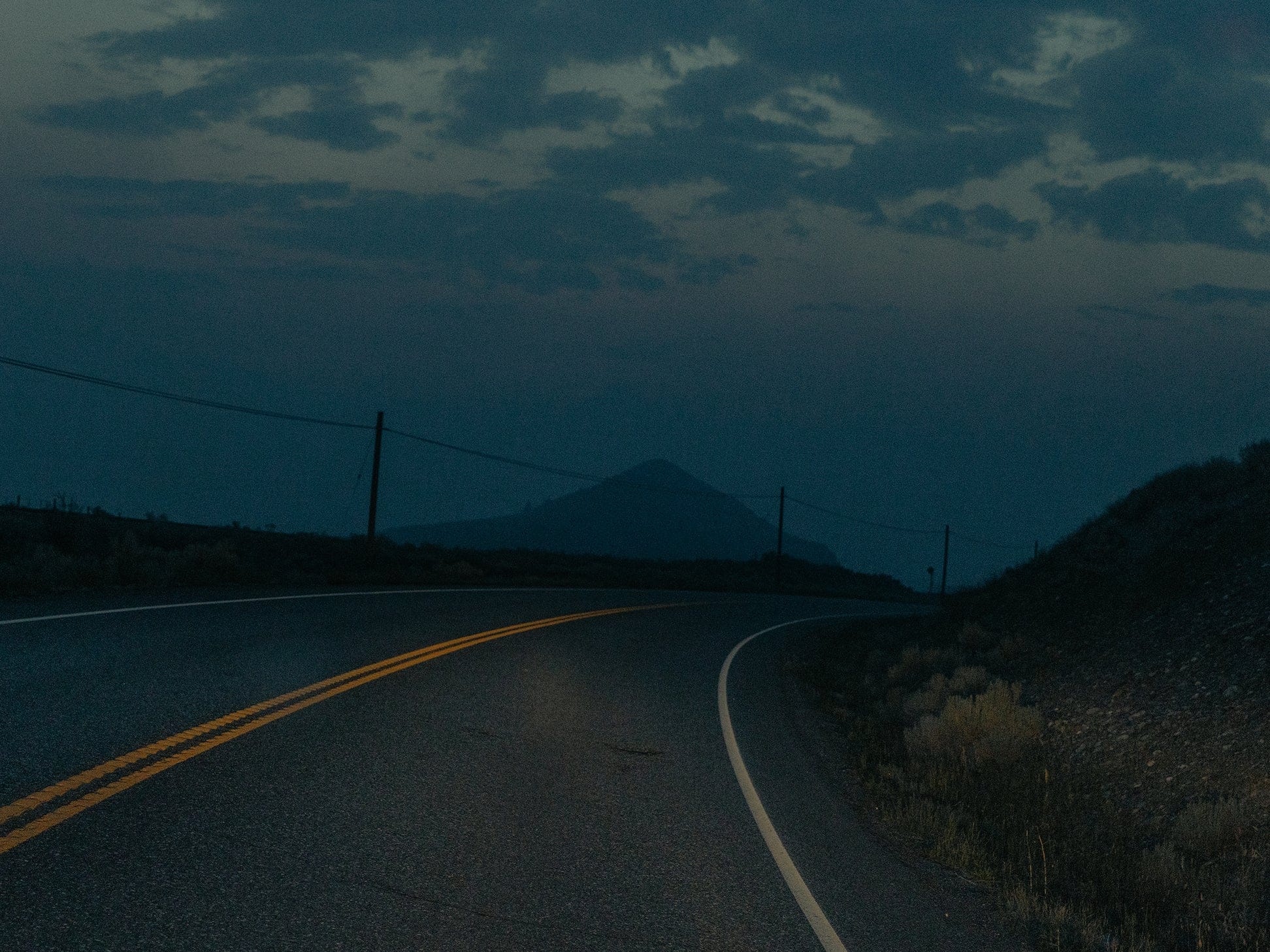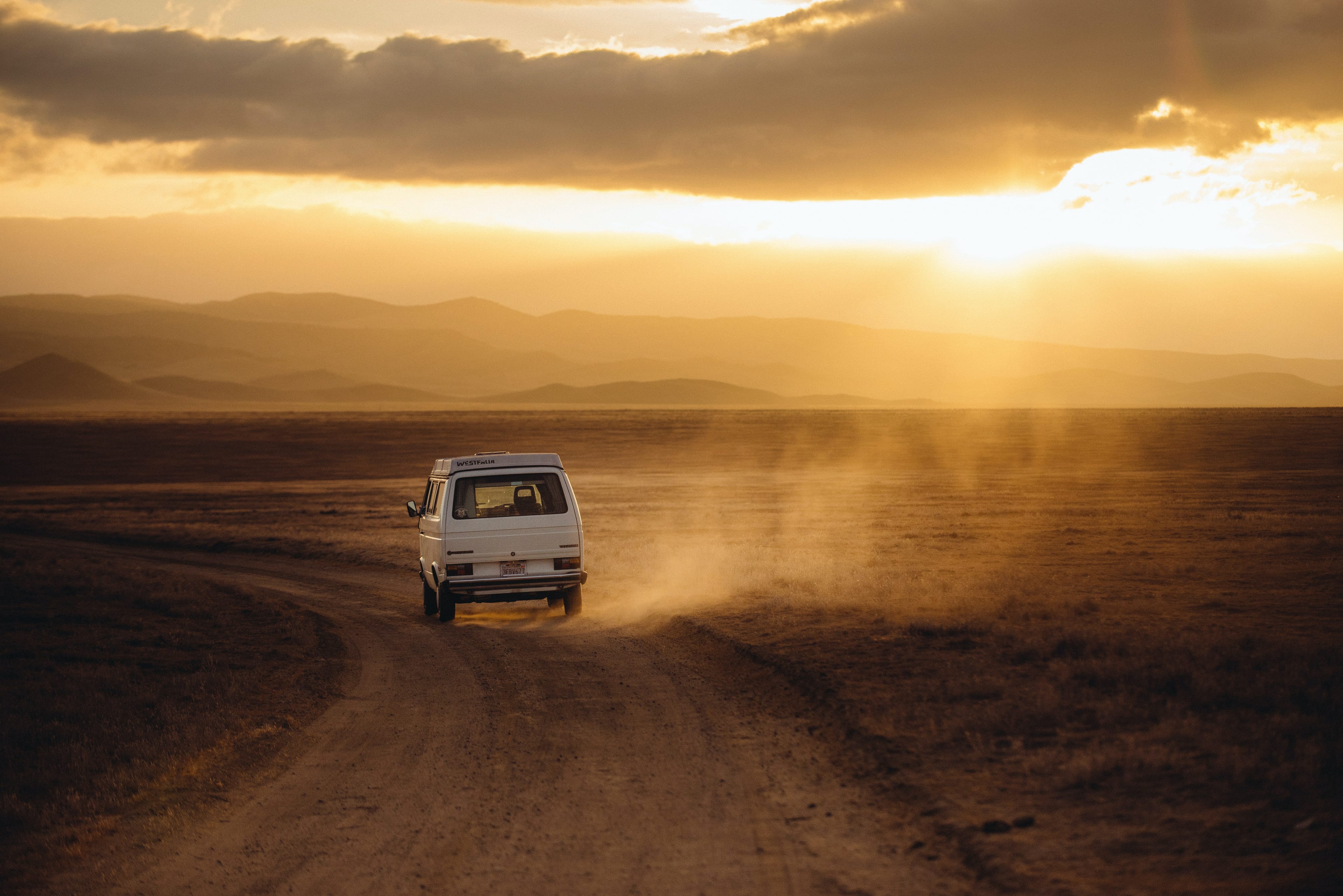Legendary Drives: The High Road to Taos, New Mexico

STEVEN ST. JOHN
The mesas, peaks and hills dotted with hardy high-desert shrubs.
New Mexico’s High Road to Taos has been around for nearly a century, but even longtime New Mexicans still find new treasures along this stretch every time they take it. For newcomers and old-timers alike, the road is a very good way to get a lay of the land between Santa Fe and Taos—over and over again.
The road heads 56 miles north from Santa Fe, through a classic array of New Mexico landforms: mesas, peaks, hills dotted with hardy high-desert shrubs. Residents of native Pueblos and Spanish land-grant villages have lived here since long before the road appeared in the 1940s. Within sight of the road, these communities built colorful cemeteries, adobe churches and evidence of the area’s well- known craftsmanship, with sculptures, murals and at least one home wrapped in twisting hand-carved wood. Many points command sweeping vistas of the Pecos Wilderness and Sangre de Cristo Mountains—the most perfect view of which unfurls before those heading south from Taos, in the village of Truchas.
Rewarding as it is to drive the High Road, it’s better with plenty of time for stops. There’s the yearly art tour, granting access to local workshops and galleries showing off weaving, ceramics and tin work among other disciplines. Or take bucking-bronco roads from Truchas or Peñasco to beloved backpacking spots like Rio Santa Barbara or Trampas Lakes. Post- camping cake at Peñasco’s Sugar Nymphs Bistro is mandatory.
Santa Fe
Breakfast burritos and hiking trails, adobe-yard owners and art dealers, Indigenous cultural preservation and creative figures of note.

It’s clear why people make frequent pilgrimages here, including actual yearly pilgrims, some walking from as far as Albuquerque along I-25 and toward the hush of Santuario Chimayó. Around 2019, my partner and I visited ourselves. We’d passed many times but never entered until it felt appropriate—which was that day, because my partner had recently broken his leg (up the road at Taos Ski Valley!). Outside was the kind of clear, bright day that New Mexico gets 300-plus times a year. Inside, increasingly cave-like rooms led toward el pocito, the “little well,” where you can scoop some of Chimayó’s reddish-brown sacred earth. Nearby hung mementos, mostly crutches, left by witnesses to the soil’s curative properties.
We didn’t leave my partner’s crutches there that day, because he wasn’t healed yet. Too expensive to dump, they remain with us in case of future injuries, despite superstition. We can always bring them on future High Road trips. Unlimited returns are just part of the deal.
About the author
Erin Berger enjoys writing about culture, the outdoors and people’s obsessions. She’s based in Seattle but lived in New Mexico for many years.
Erin Berger enjoys writing about culture, the outdoors and people’s obsessions. She’s based in Seattle but lived in New Mexico for many years.
Read more like this






